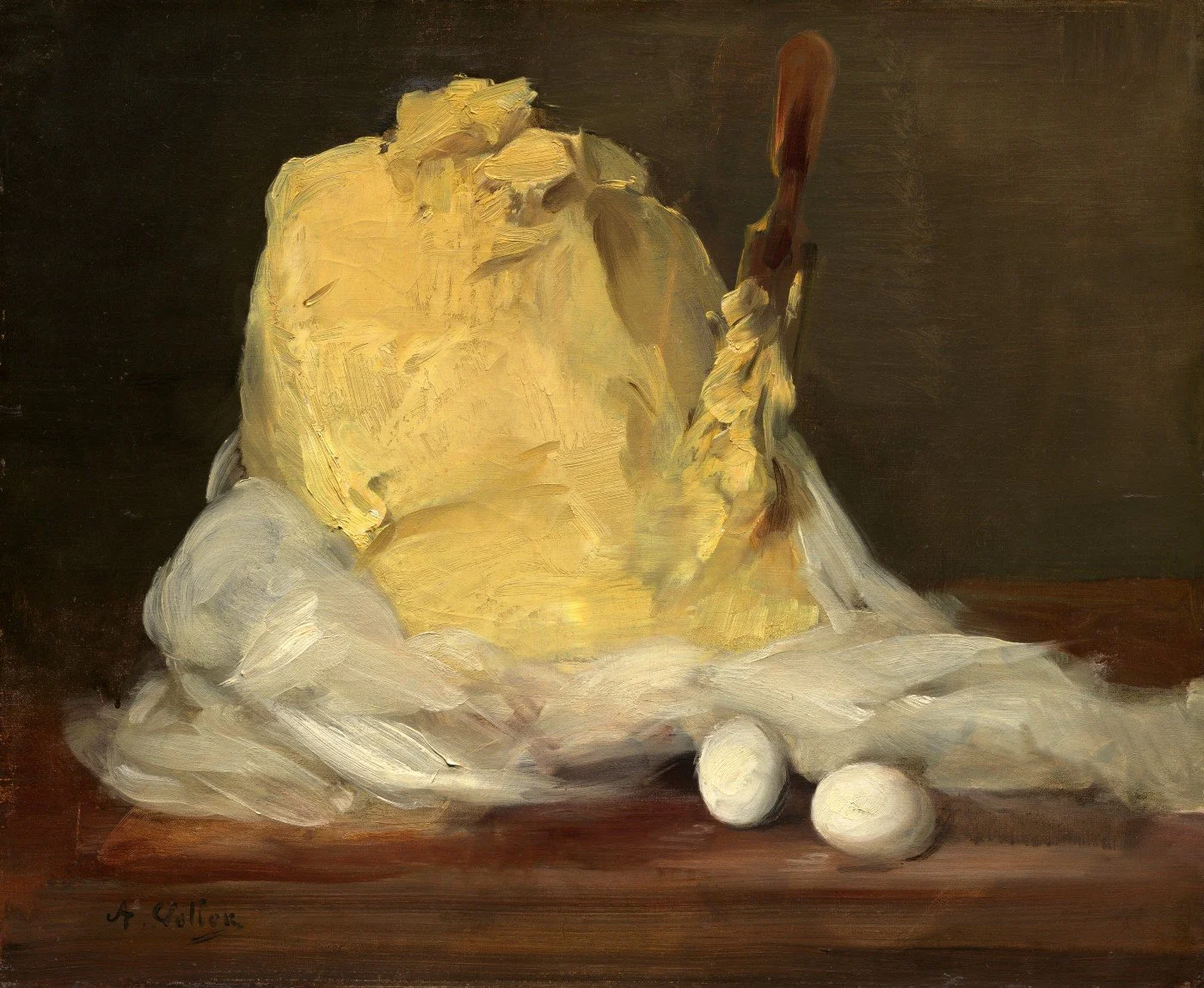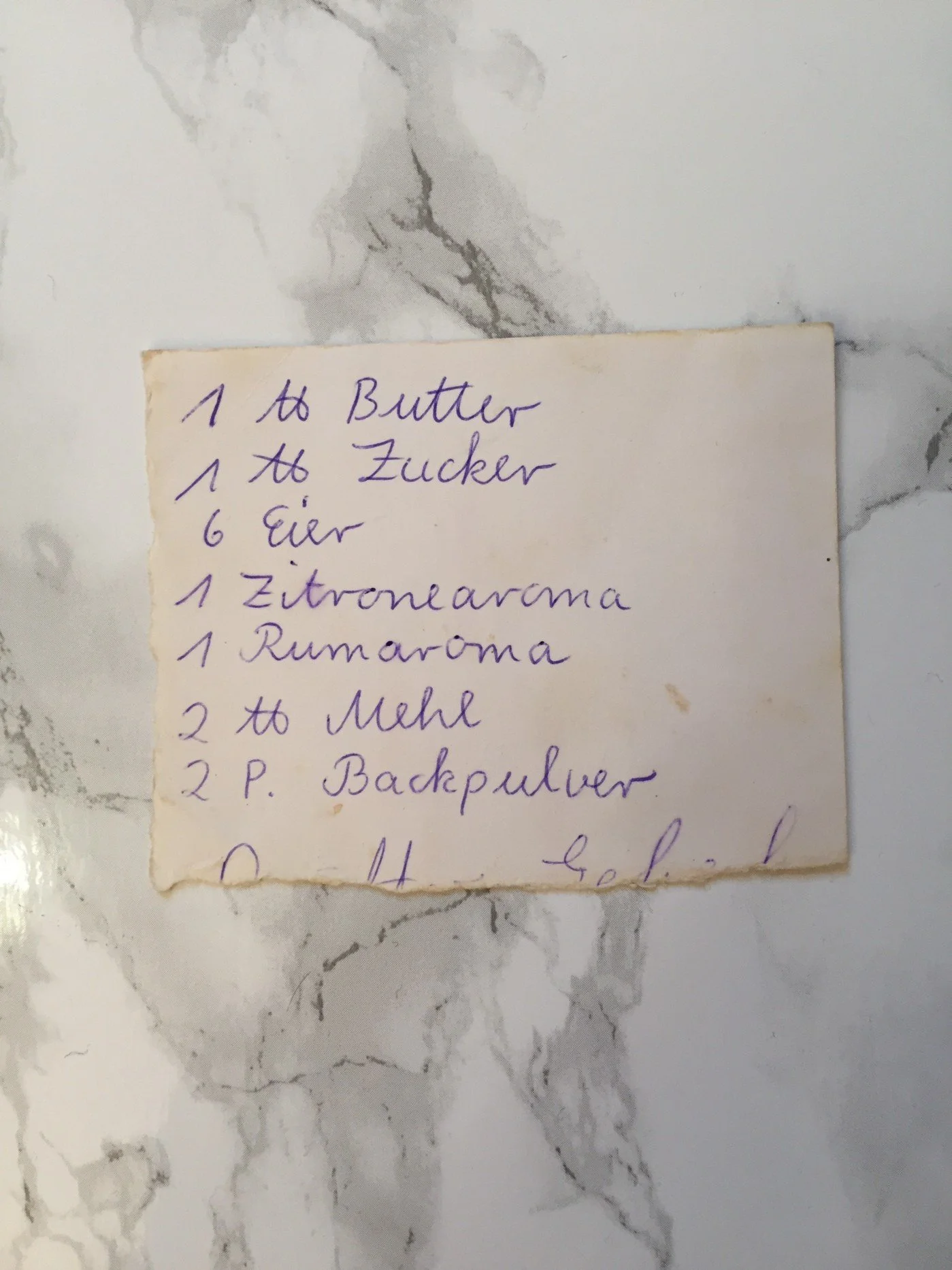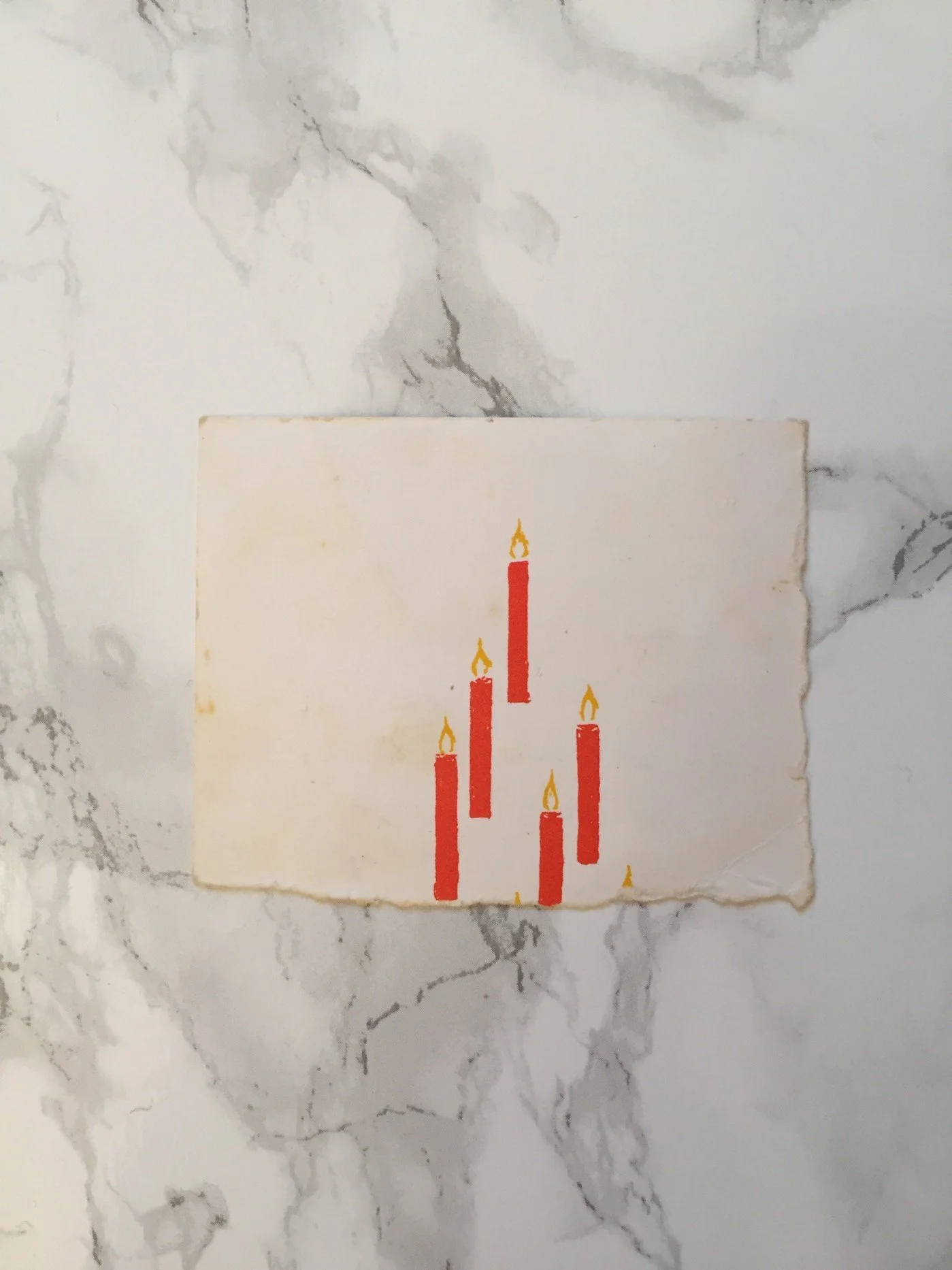Mound of Butter
Antoine Vollon, Mound of Butter, 1875/1885, oil on canvas, Chester Dale Fund, © 2022 National Gallery of Art
When I look at the still life painting by 19th century French realist painter Antoine Vollon, Mound of Butter, I can't help to think of my grandmother's cooking and baking. Butter, together with heaps of sugar, eggs and oil, made for the base of most of her recipes, from cakes to omelletes and beyond.
Sometimes she would proudly bring out from the white kitchen cupboard a manual 1950’s style butter churner, with a big metal handle and a flimsy plastic bowl, to show me how butter and whipped cream was made. Most of the time, however, butter came in large batches of foil paper bricks and whipped cream from large spray cans, neatly stacked in the fridge.
Cake was routinely sprinkled with sugar and topped with whipped cream. It’s no wonder I spent much of my childhood at the dentist.
As proof of my saccharine upbringing and grandma’s wild baking, I recently came across one of the recipes I inherited. It’s a list of 7 simple ingredients and measurements. And that’s it. No instructions. And not much of a hint of what we’re making. The bottom of the list features baking powder, and so I am hopeful we are baking, and not cooking, but who can say.
The alarming amount of individual ingredients, 1 kilogram of flour, 500 grams of butter, and 500 grams of sugar, make me believe the recipe was to feed a family of 20 … or our family of five.
There is another clue on the back of the recipe, which features a drawing of five red, lit candles, and at least two additional flames severed by someone unhelpfully ripping the piece of paper in half. The festive illustration makes me wonder if the recipe relates to a batch of Christmas cookies grandma would have prepared. Christmas cookies often came in trays stacked on top of trays before being ushered into Christmas tins and organised in the top of the house where it was always cooler during the winter.
Climbing up the wooden stairs and stepping across the creaking wooden floors would reveal a deluge of different types of cookies and biscuits from soft and chewy to crispy and lemony.
But what about cake? Speaking to some of the other master bakers in the family, this recipe could also be an adaptation of a simple German ‘Rührkuchen’, a basic sponge or pound cake. Although the lack of liquid in the recipe is somewhat bewildering, similar cakes such as marble and lemon cakes indeed often frequented grandma’s kitchen.
Due to my own lack of patience that would allow me sit at home and shape 500 cookies, I decided to convert this little note into a simple cake recipe. I continue to experiment topping this basic batter with apples or plums, and have used different types of flours and baking tins with mixed, but overall delicious, results. Perhaps one day I’ll find the second half of this recipe or a distant relative will come forward with some of the answer. In the meantime though I am going to eat cake and carry on.



